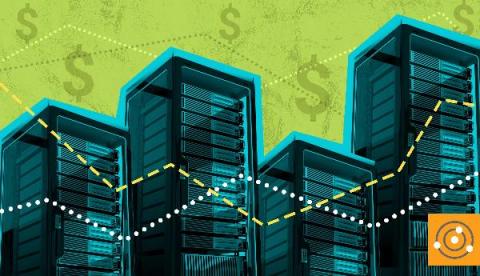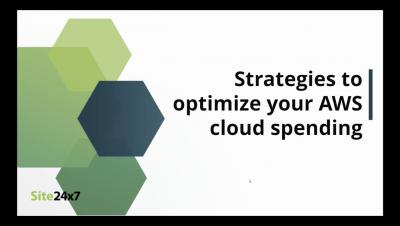Enterprise IT Cost Containment-A Series
H.L. Mencken once famously wrote, “…there is always a well-known solution to every human problem—neat, plausible, and wrong.” More than just a pithy way to frame the entire concept of “cost containment” (whether network-specific cost, the broader category of IT, or the cost of anything else, to be quite honest), it’s an integral aspect of what I’ll be proposing in this and subsequent articles in this series.








